Bruce Bower

How the search for mates across prehistoric Africa shaped human evolution
Ancient Africans in search of mates traded long-distance travels for regional connections starting about 20,000 years ago, an analysis of ...
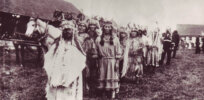
A genetic history: ‘Origin’ book looks at how the Americas were settled
Scientific understanding of the peopling of the Americas is as unsettled as the Western Hemisphere once was. Skeletal remains, cultural ...

Ancient humans mated with Neanderthals as recently as 45,000 years ago
Analyses of DNA found in human fossils from around [45,000 years ago] — the oldest known human remains in Europe ...

Are facial expressions universal?
Faces depicted in sculptures crafted between 3,500 and 600 years ago in Mexico and Central America convey five varieties of ...
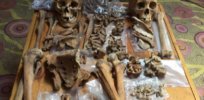
‘Overly simplistic’: Women may have been more than just ‘gatherers’ in ancient times, studies suggest
Sexual divisions of labor characterized ancient societies, but were not as rigidly enforced as has often been assumed, [two] new ...
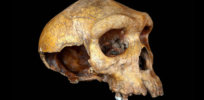
Mysterious African skull could be part of undiscovered ‘ghost population’
A mysterious but well-preserved hominid skull found nearly a century ago comes from a population that lived in Africa around ...
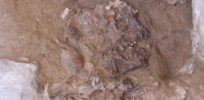
Iraqi excavation rekindles debate over whether Neanderthals buried their dead
The excavation of an adult Neandertal’s partial upper-body skeleton in Iraqi Kurdistan has revived a decades-long debate over whether Neandertals intentionally buried ...

‘Intrepid explorers’: Neanderthals hunted their way across thousands of miles in Europe
Neandertals were epic wanderers. These ancient hominids took a 3,000- to 4,000-kilometer hike from Eastern Europe to the Altai Mountains ...

DNA from 4 ancient children shed light on diversity of humankind’s African origins
Four ancient youngsters, one pair from around 8,000 years ago and another from about 3,000 years ago, have opened a ...

Were hominids making stone tools 2.6 million years ago? Controversy greets discovery
Discoveries in East Africa of what may be the oldest expertly sharpened stone implements suggest that early members of the ...
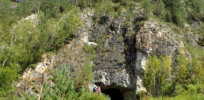
Inside the cave where Neanderthals and Denisovans may have shared a home
Mysterious ancient hominids known as Denisovans and their evolutionary cousins, Neandertals, frequented a southern Siberian cave starting a surprisingly long ...
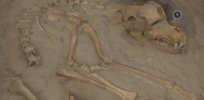
Early North American settlers brought dogs more than 10,000 year ago
A trio of dogs buried at two ancient human sites in Illinois lived around 10,000 years ago, making them the oldest ...
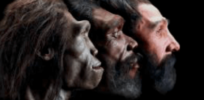
Homo sapiens may only have appeared 300,000 years ago, and evolved modern features gradually
Human origins are notoriously tough to pin down. Fossil and genetic studies in 2017 suggested a reason why: No clear ...

Why hunter-gatherer civilizations did not destroy themselves through inbreeding
Much like hunter-gatherers today, ancient Eurasians married outside their home groups and formed webs of friends and in-laws vital for ...

